Arriving by train in the small, but pretty Japanese city of Nara, you begin your walk toward the verdant green hilltop you see in the distance. Passing by quaint little pickle shops and stores selling local items, you make a beeline for the trees that lie ahead of you. Your path begins to take an upward trend and slowly, but surely, you start to climb a track that becomes increasingly foliated. On your left the ancient Buddhist temple of Kōfuku-ji cuts through the tree line. Continuing through the complex, you push on forward and through the park.
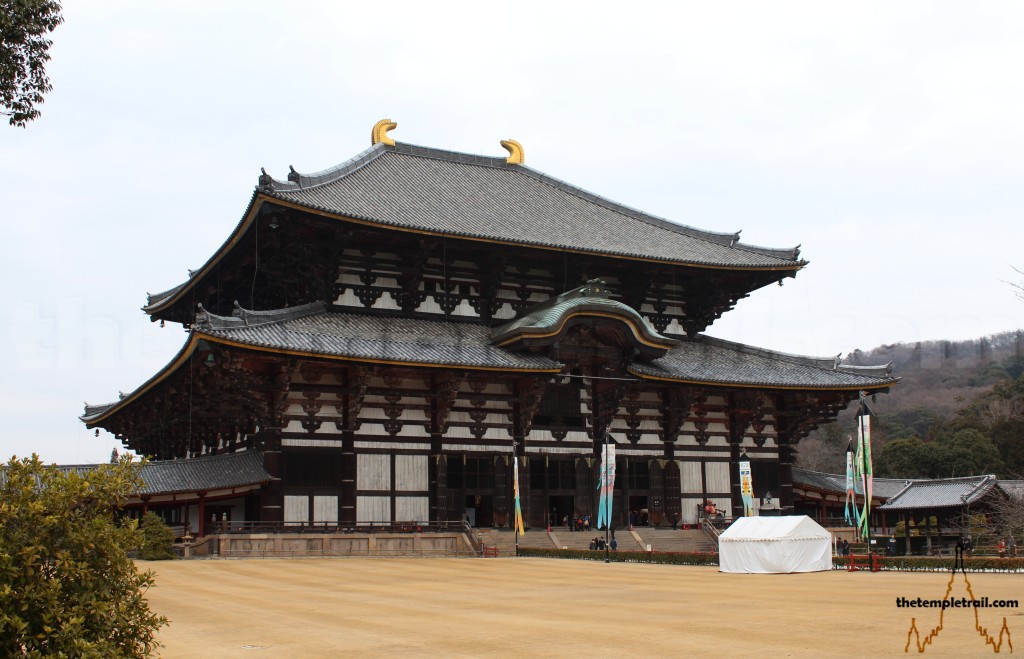
Suddenly a deer crosses your path. Rather than darting off into the distance, it boldly approaches you and bows. Immediately it is joined by another that performs the same action. All around you, you see groups of Sika deer begging people for the deer cakes that are sold at counters all around the deer park. They are protected by an ancient law due to the veneration of deer as messengers of the Shinto kami (gods). This has translated into a bold streak in the local deer population. As you venture deeper into the park, a large gateway looms into view. Surrounded by herds of deer, you are at the threshold of one of the most impressive set of structures on the planet. You are at the Nandai-mon gate of Tōdai-ji, the Great Temple to the East.

Tōdai-ji was founded in the early 8th century under the name Kinshōsen-ji by Emperor Shōmu, the 45th emperor of Japan. Later in his reign he declared Kinshōsen-ji a provincial temple and its status was improved. It was during this time (the Nara Period), that the Sōgō (Office of Priestly Affairs) was headquartered at Tōdai-ji. All of the Nanto Rokushū (six Buddhist schools of the time – Ritsu, Jōjitsu, Kusha, Sanron, Hossō and Kegon,) had their administrative offices at the temple. Today it is the headquarters of the Kegon sect. All officially licensed monks were ordained there and so was Emperor Shōmu by the famous Chinese monk Ganjin (Jianzhen) when he eventually managed to cross the sea from China.
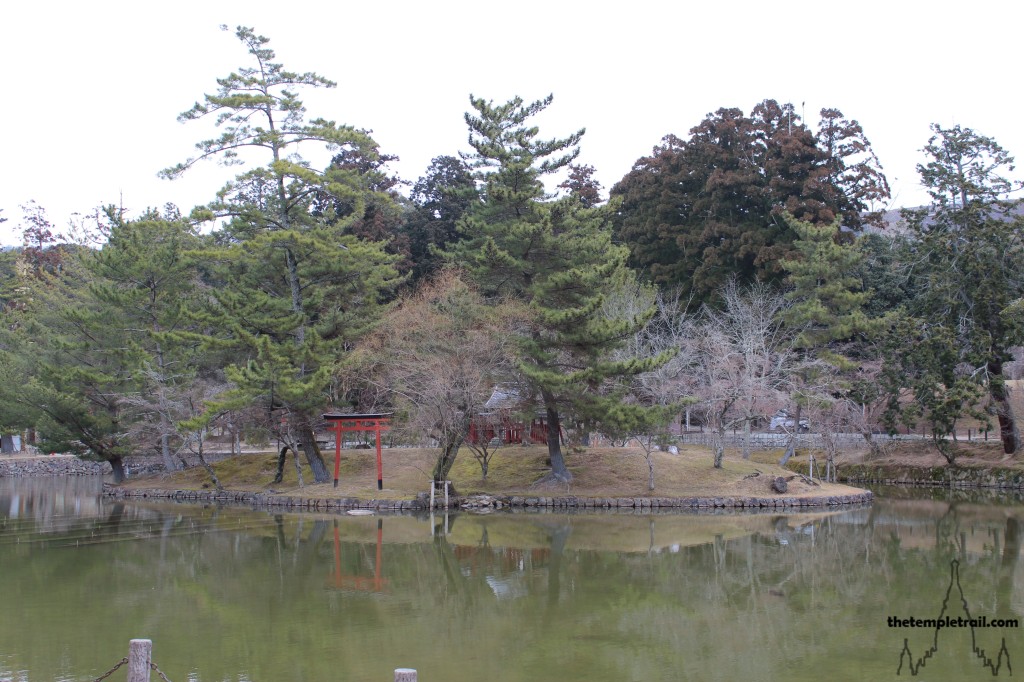
Founders of successive sects were ordained at Tōdai-ji, including Kūkai, founder of the Shingon School and Saichō, founder of the Tendai School. Kūkai became the head of the Sōgō, introduced various new ceremonies to the temple’s repertoire and built a kanjō (Abhiseka Ritual) hall to initiate monks from the original six schools into his esoteric Shingon School. It was during this time that the famous and spectacular repentance ritual, the Shuni-e, was created at Tōdai-ji by the Kegon monk Jitchū. Jitchū was a pupil of Rōben, second patriarch of the Kegon School, who was instrumental in the early development of Tōdai-ji.
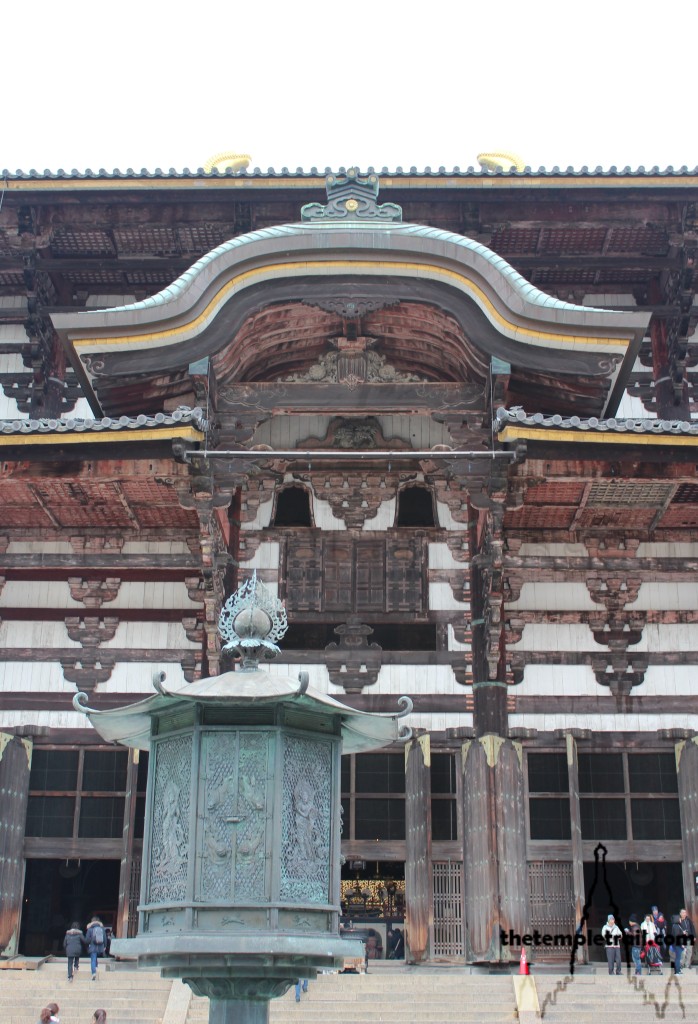
As the power of Nara waned, the Tendai sect of Saichō took over the ordination duties and the authority moved to Mount Hiei. Tōdai-ji has never regained the importance it held in the early development of Japanese Buddhism, but its power to awe has not slipped away with its administrative influence.
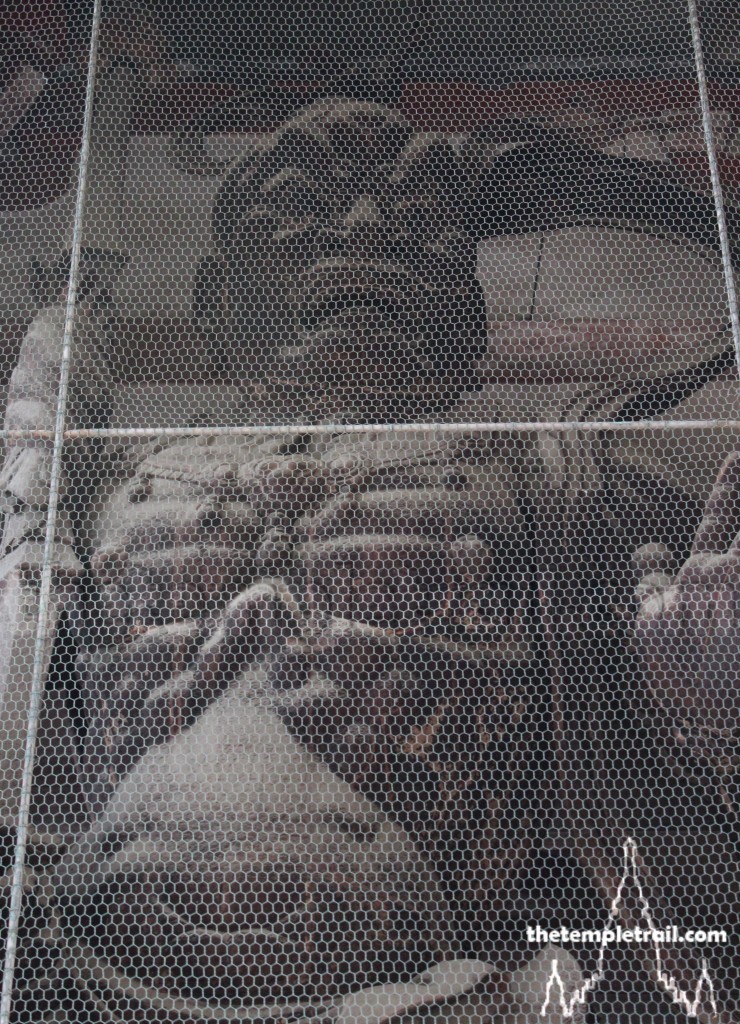
Arriving at the Nandai-mon (great southern gate), you are standing in the presence of giants. Built in the late 12th century in the Song-style of China, the massive wooden gateway is a prelude of what is to come. Two towering Kongōrikishi or Nio (temple guardians) grimace at you from above. As a pair, they make up the two halves of the A-un (aum); the beginning and end of all things and were carved by the famous sculptors Unkei and Kaikei. The Agyo and Ungyo (open mouthed and closed mouthed) Nio are representations of Vajrapāṇi and symbolize Buddha’s power. They loom in the depths of the high wooden recesses of the gate and under their vigilant gaze, you cross into the garan (compound).
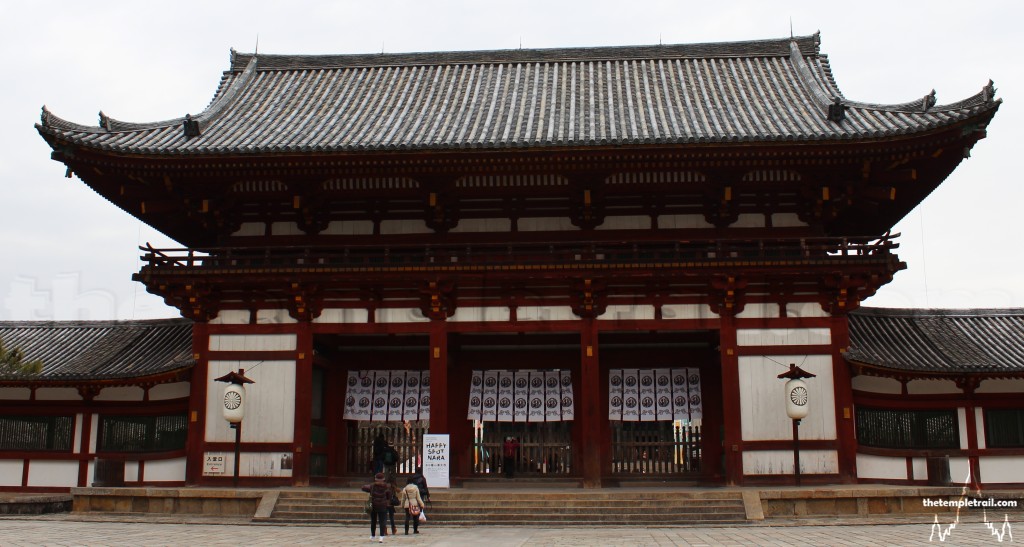
The path takes you past the temple’s offices and Kagami-ike Lake to the Chu-mon (entrance gate). Looking through the gate, an enormous central building is framed by the portal. As you traverse the outside of the kairō (cloister) to the open entry and pass into the main sanctuary, the building becomes more and more imposing. The largest wooden structure on earth until 1998, the Daibutsuden (Great Buddha Hall), is an architectural marvel. It has been destroyed by fire twice, but the current incarnation dates from the early eighteenth century. Approaching it, it seems to fill your vision with its dark and foreboding presence. The sheer scale of the building is almost incomprehensible. Stepping up to the platform on which it is built, you go to inspect the statue on the terrace prior to entering.
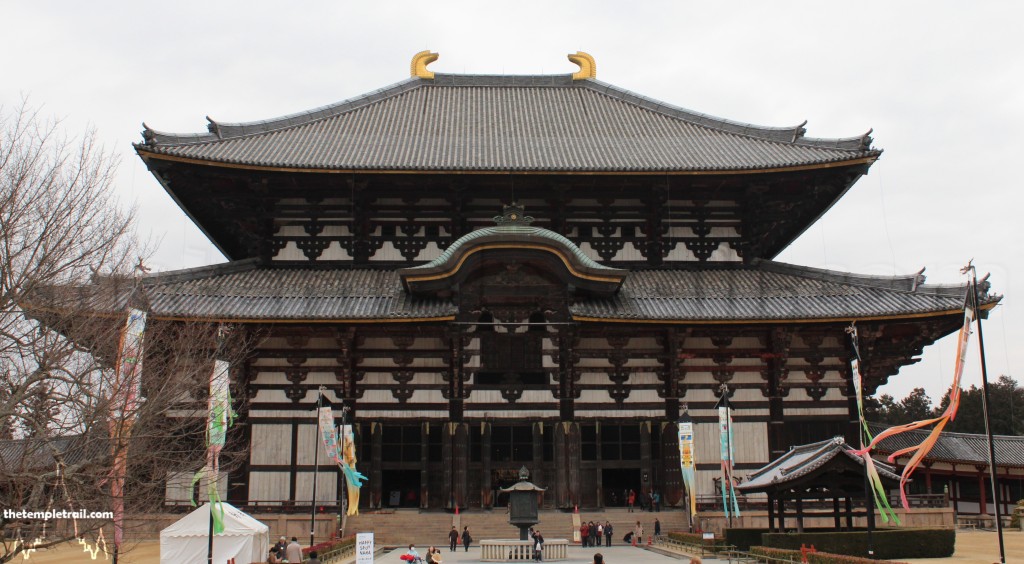
A red bibbed and weather worn wooden statue holds court to the right of the gargantuan door frame. He almost looks a little out of place, but he is one of the most adored features of this enigmatic temple. The statue is from the 18th century (Edo period) and is of Binzuru (Pindola Bharadvāja), one of the original four arhats (perfected beings or saints) of early Indian Buddhism. Eventually the number of arhats increased and, depending on the tradition can be anything from 16 to 500. Binzuru, however, is an original. He is known for his magical healing and his mastery of occult and psychic powers. He holds a sutra box and has a slightly sinister smile on his face. The Japanese believe that if you rub the statue on a place that you are afflicted and then rub the spot on your body, you will be healed. Binzuru, to the Japanese, also embodies all of the arakan (arhats) and by paying respects to him, you are also paying respects to all of the sages. After getting your supernatural medicine, you return to the main doors of Daibutsuden.
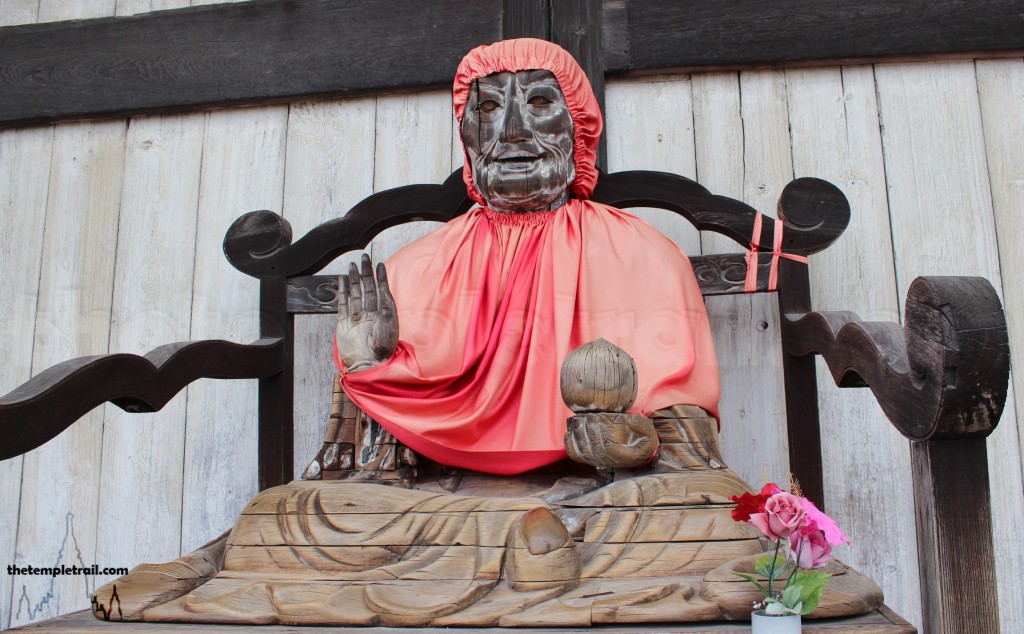
The Daibutsuden is the Kon-dō (golden hall); the main hall of the complex. Looking into the darkened chamber, you see the huge effigy that the hall is named after. As you cross the threshold and enter the room, you feel increasingly like Alice having eaten the cake and entered the door to Wonderland. The Daibutsu (Great Buddha) is a representation of Birushana-butsu (Vairocana), a celestial Buddha. He is seen as the embodiment of emptiness and a personification of the bliss body of Siddhartha Gautama (historical Buddha). It is the largest bronze effigy of Vairocana in the world and, like its similarly large brother statues, serves to remind us that all conditioned existence is empty without a permanent identity. It took three years to cast the 16 metre high statue in the mid-eighth century. Ten thousand people attended the opening of the eyes ceremony for the statue and the famous Indian monk and founder of the Kegon sect, Bodhisena, presided over the ceremony with his fellow monks Rōben (his successor) and the famous Chinese Monk Dōsen (Dào Xuán). Bodhisena himself painted the eyes on the statue.
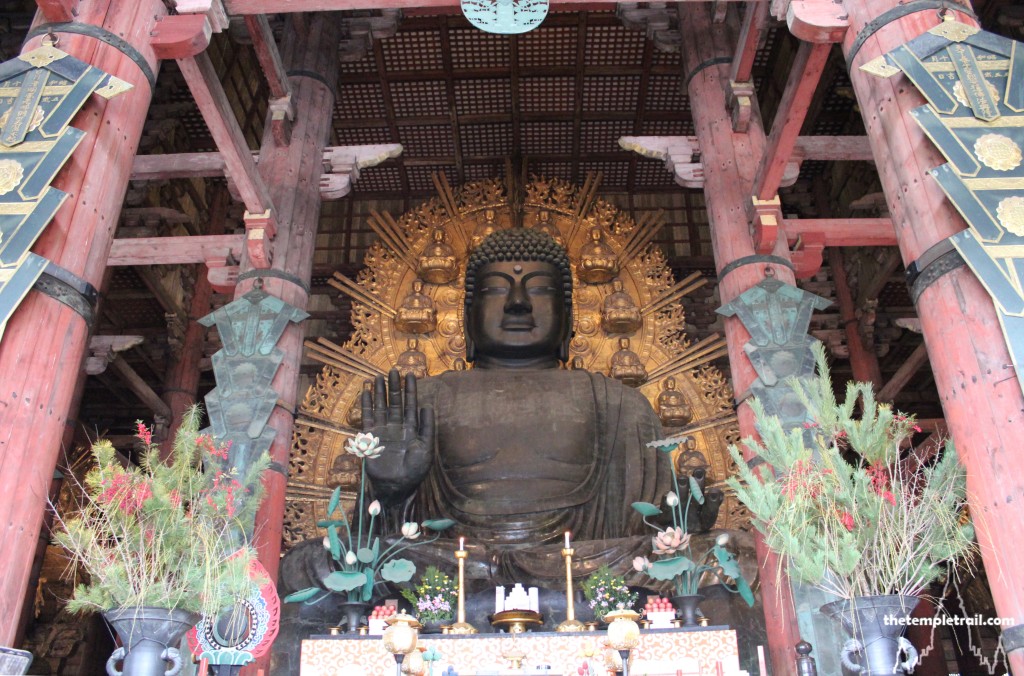
The statue is interesting not only for its size, but also for the role it had in early Japanese imperial politics. Emperor Shōmu had a particular interest in Vairocana as opposed to other Buddhas. The religion of Japan before Buddhism came from China and Korea was Shinto. Of all of the Shinto kami (gods), it was the goddess of the sun, Amaterasu, who took the top position in the pantheon. According to the important Shinto scripture, the Nihonshoki, she was the ancestor of the emperors of Japan. As a direct descendant of the sun kami, Shōmu was the high priest of Shinto. The early Japanese Buddhists translated the Sanskrit name Vairocana as Dainichi, meaning Great Sun. When Shōmu had the Buddha statue cast and was then ordained as a layman, he made himself the crux of the fusion of Shinto and Buddhism.
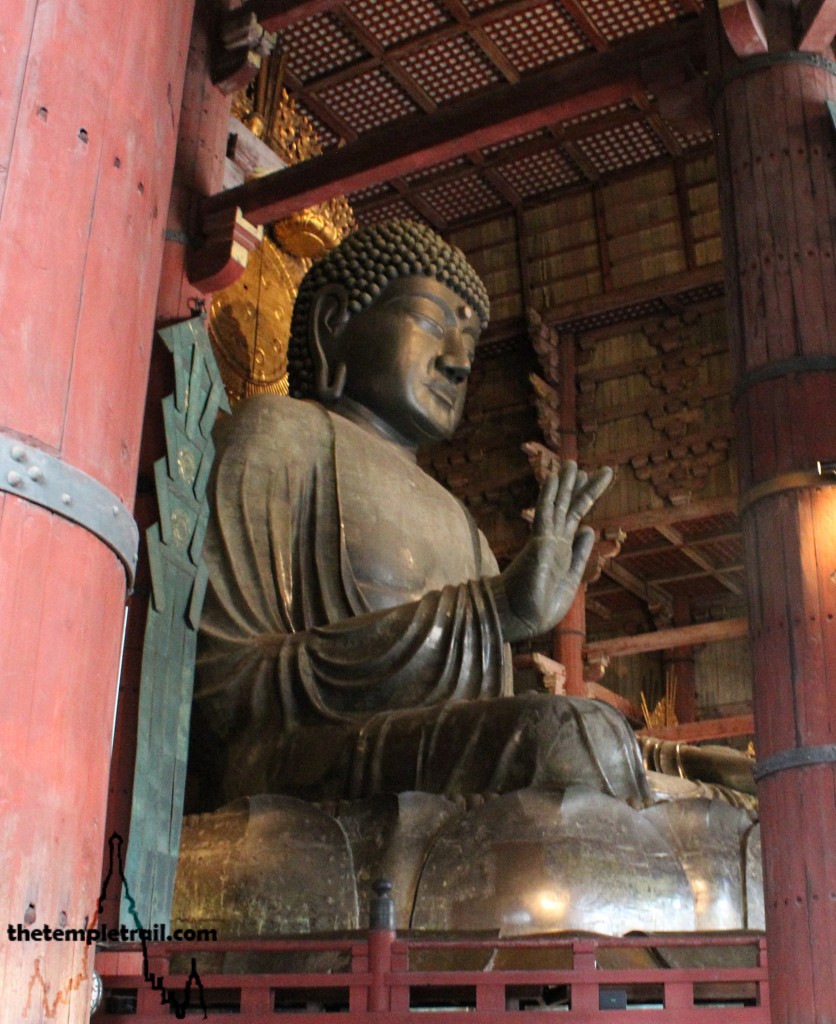
The statue rests on a lotus pedestal that is intricately decorated with hairline engraving. Each petal is divided into two sections, the top half depicts the Tathāgata (the name that the Buddha used to refer to himself) expounding the Dharma with eleven bosatsu (bodhisattvas). The lower section starts with 26 lines that contain Buddha images and palaces. Under these lines are seven pairs of upturned and downturned lotus leaves. They contain images of Mount Sumeru, palaces and Śākyamuni (Historical Buddha) triads. This complex pattern depicts the Rengezō sekai. Called the Padma-garbha-lokadātu in Sanskrit, the Lotus-matrix World-system is the universe as set out in the Kegon-kyō (Avataṃsaka Sūtra). The Flower Garland Sutra is the most important sutra in Kegon Buddhism.
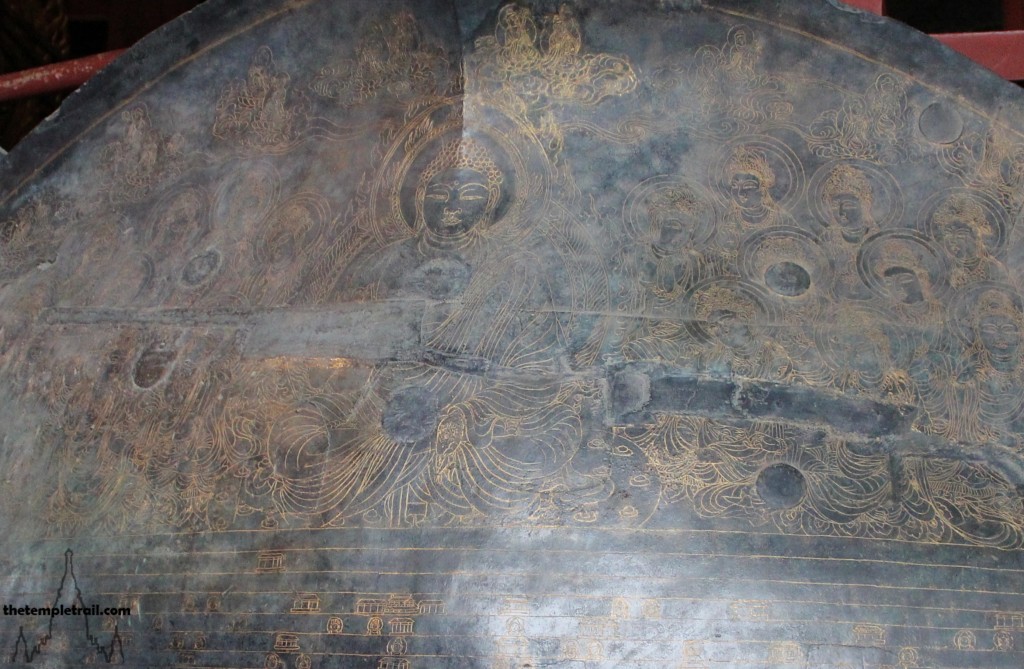
On either side of Vairocana is one of a pair of golden statues of esoteric bosatsu. To his right is Kokūzō (Ākāśagarbha, the boundless space treasury bodhisattva), symbolizing emptiness and wisdom as vast as the void. Kokūzō is said to grant memory and intelligence. To his left is Nyoirin Kannon; one of the 33 forms of Kannon (Guānyīn/ Avalokiteśvara, the bodhisattva of compassionate mercy). Nyoirin Kannon, bodhisattva of the jewel and the wheel, presides over the six realms of karmic rebirth. The statues were added in the Heian period (late 8th to late 12th century AD).
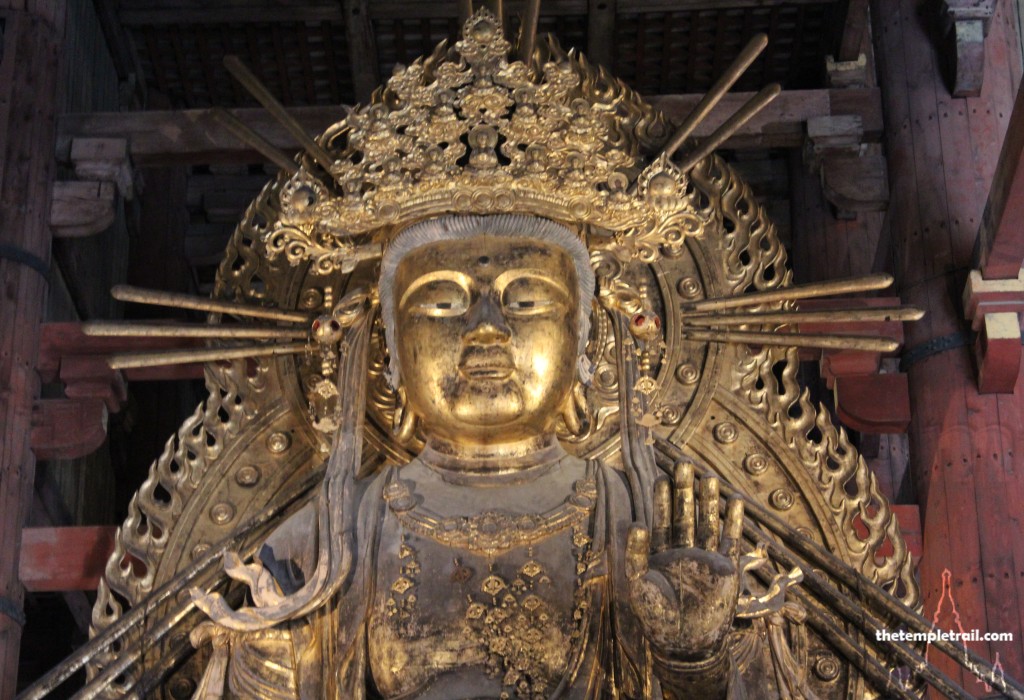
Walking around to the back of the hall, you see two further wooden statues. One is of Kōmoku-ten (Virūpākṣa, the heavenly king of the west) and the other is of Bishamon-ten (Vaiśravaṇa, the heavenly king of the north). They both terrify and amaze you as you head over to the famed column that is located in the back right-hand corner of the hall. The column has a square-shaped hole through it that is the same dimensions as the nostril of the Daibutsu statue. It is said that if you can fit through it, you will gain enlightenment in your next life. Trying your luck with the hole, you realize that you will have to work harder for enlightenment than the smaller Japanese ladies who all seem destined for higher things in their next karmic cycle.
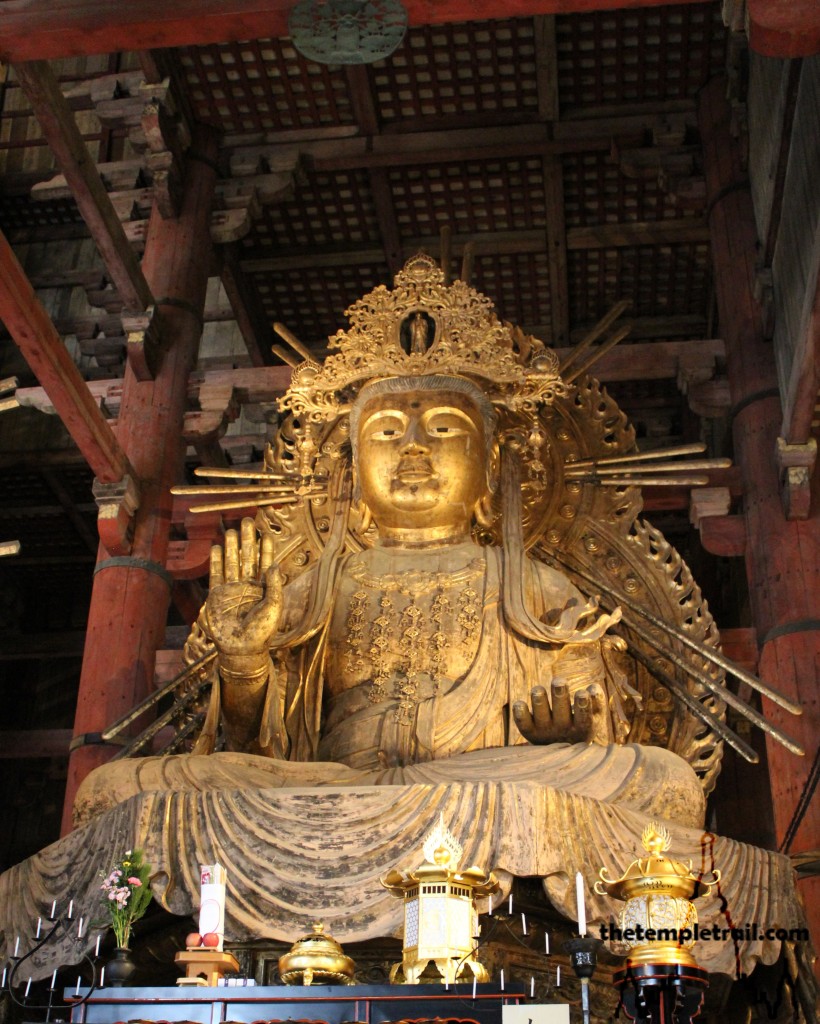
As you burst forth into the sunlight and out of the Daibutsuden, you traverse the courtyard and take in some of the other subsidiary buildings that surround the central complex. After the treasures of the Daibutsuden and the Nandai-mon, the other buildings seem relatively run of the mill. Although beautiful, nothing can come close to the awe you have just experienced in the main hall. Passing the Nigatsudo hall and the Shinto Tamukayama-Hachimangu shrine, you head towards the primeval forest and countless scores of bowing Sika deer. The only thing that can compare to the experience you have just had is the amazing architecture of Mother Nature and the untouched ancient and gnarled trees that make the natural cathedral of Nara.
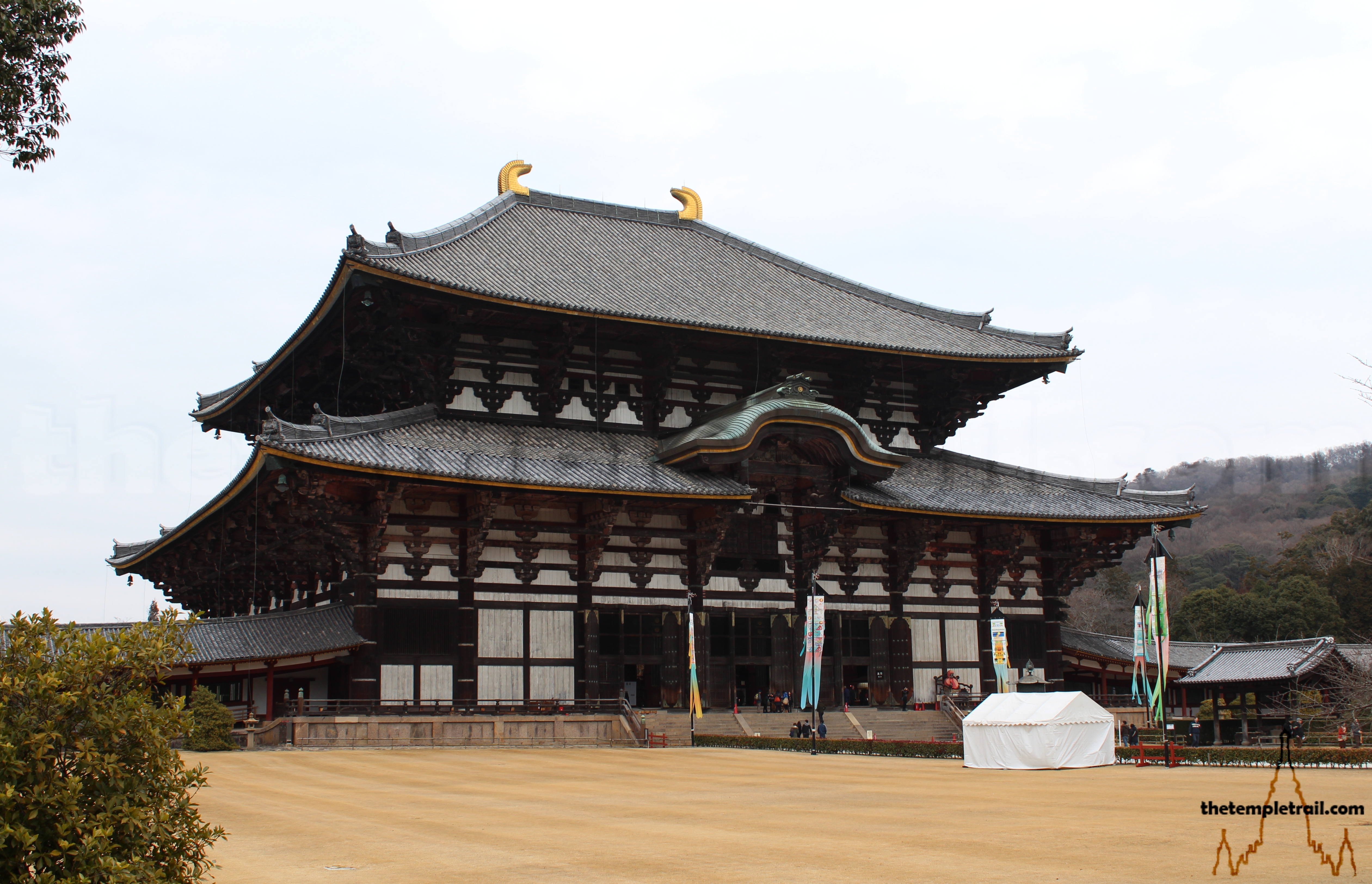
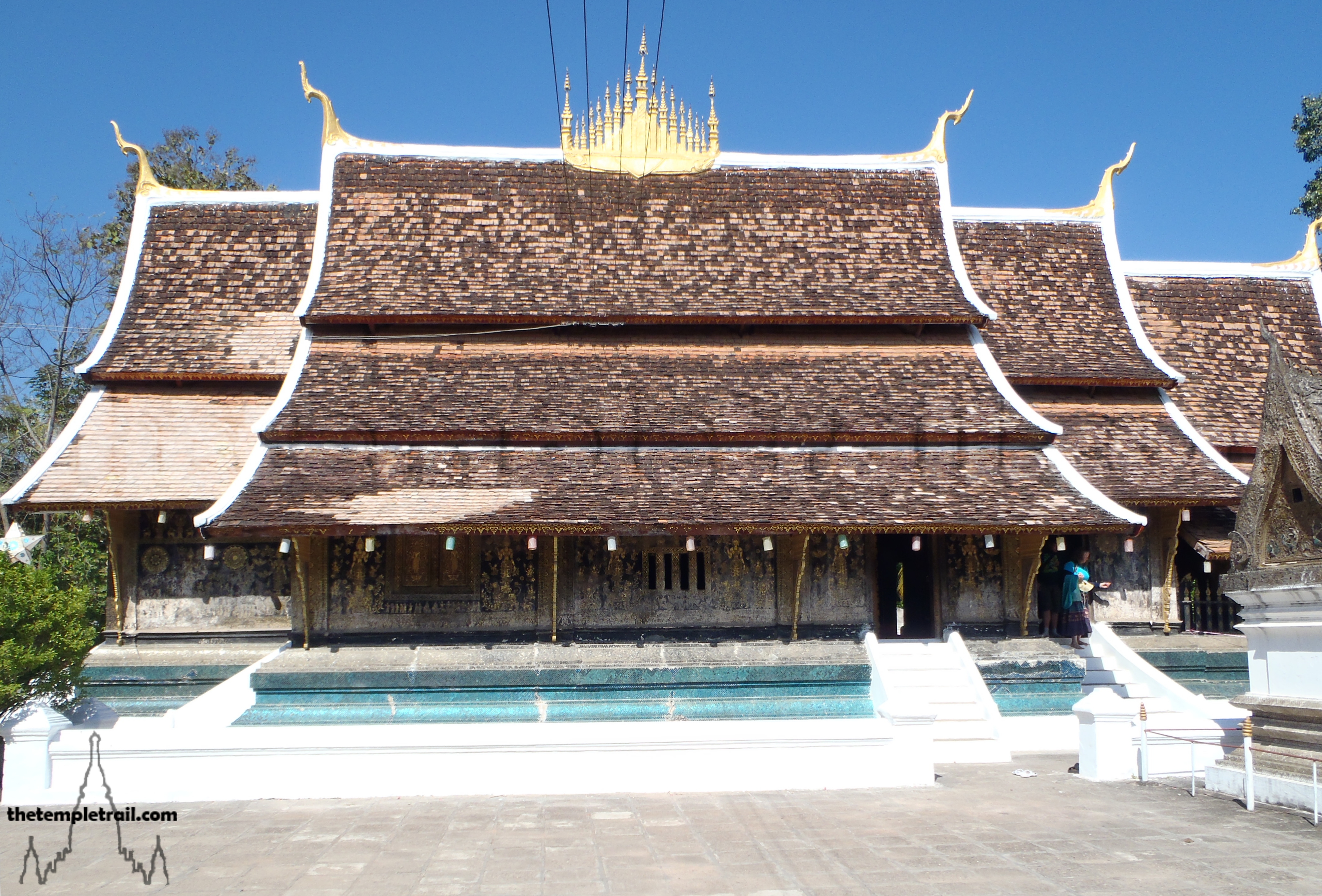 Vat Xieng Thong
Vat Xieng Thong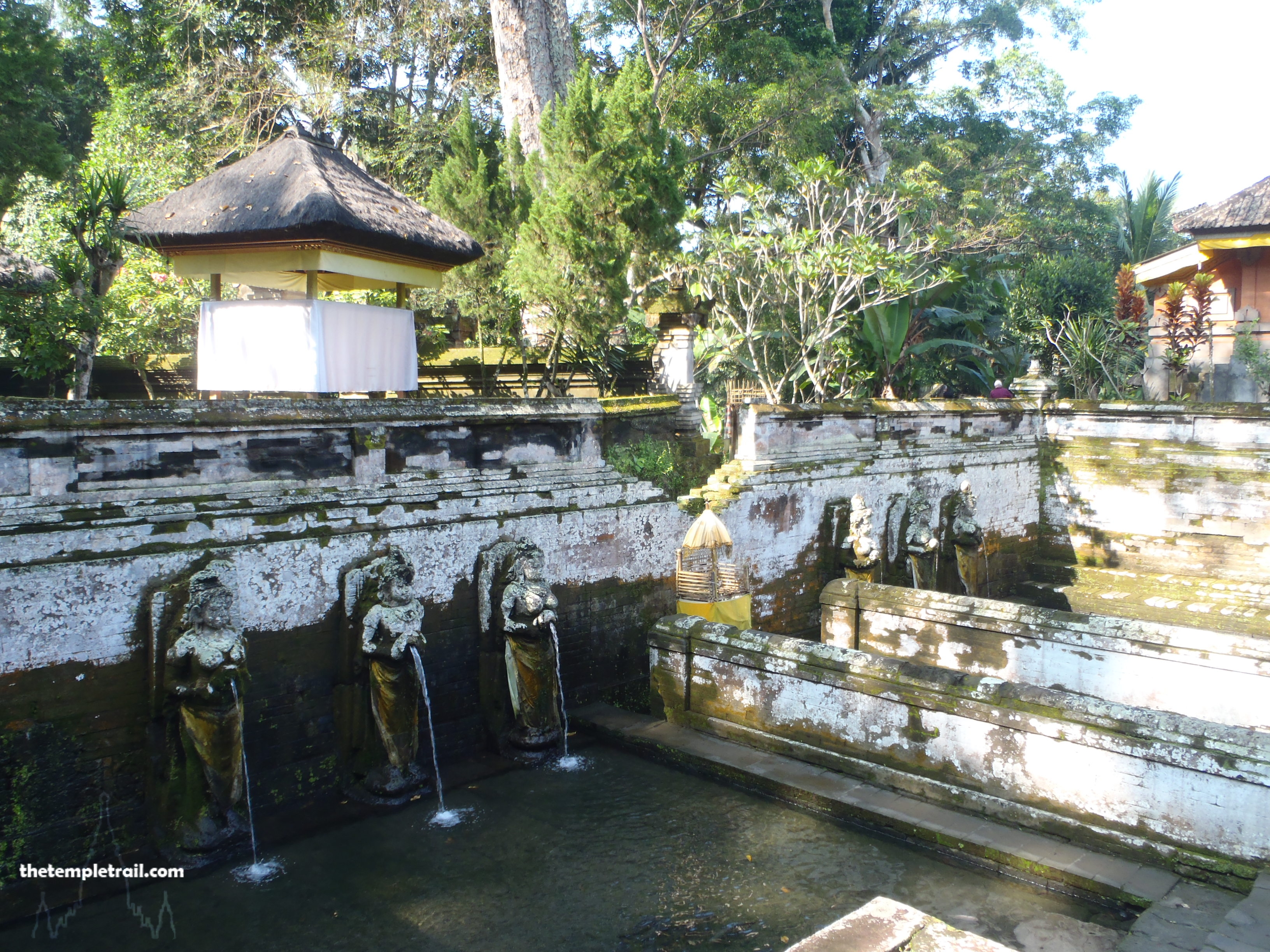
[…] Both are ten (guardians), defending the place from demons. (Source and further information here: Tōdai-ji, Bodhissattva, Kōmoku-ten, […]